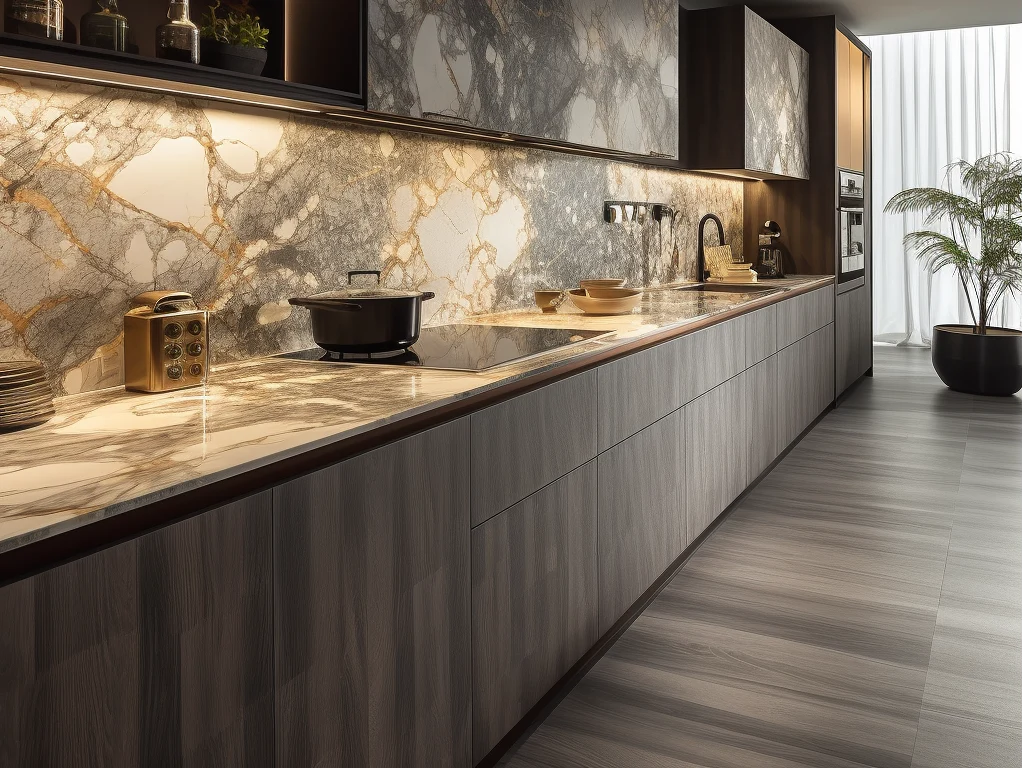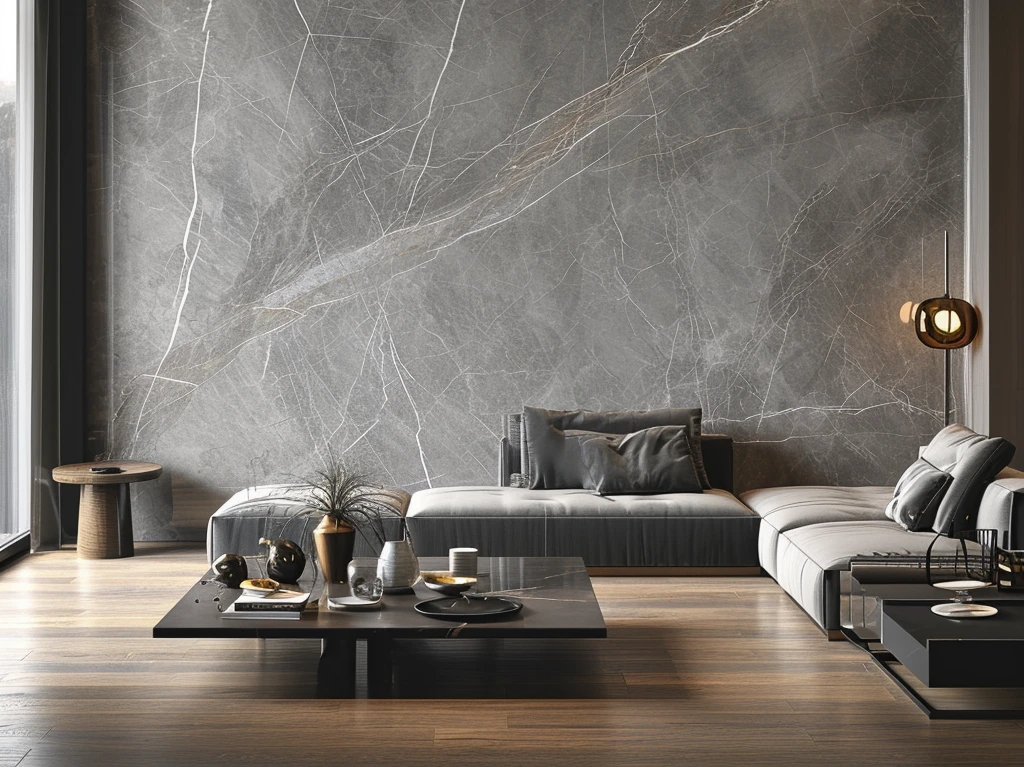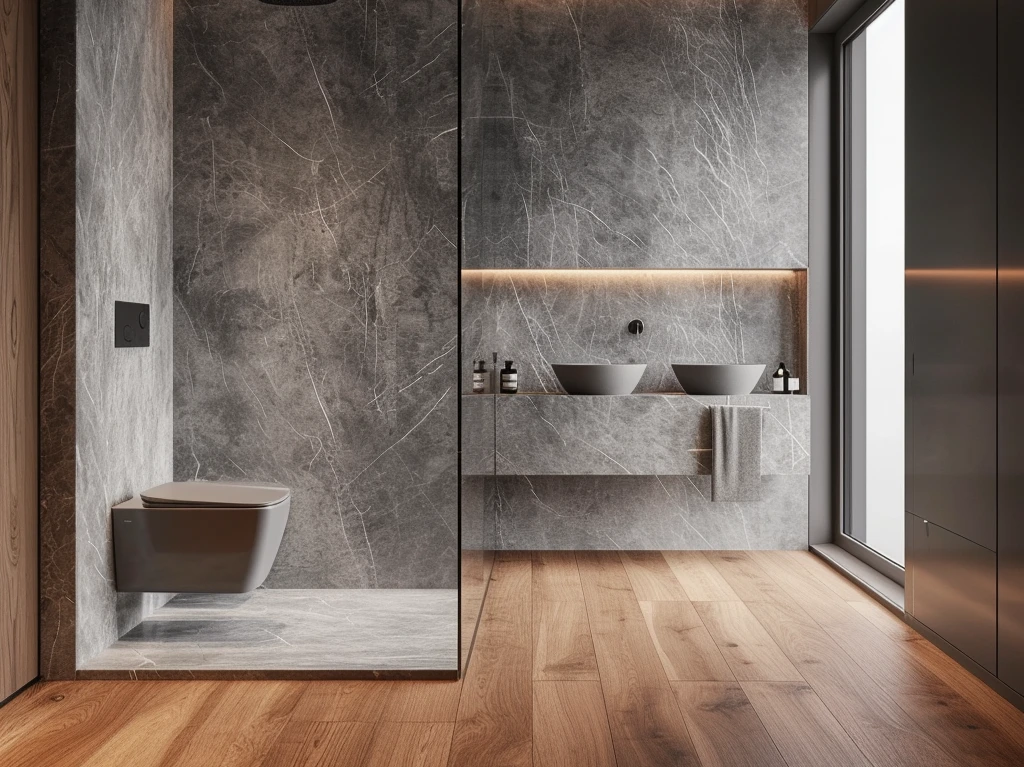SPC (Stone Plastic Composite) click flooring is a total game-changer. It’s tough, waterproof, and super easy to install. The click-lock system means no glue or nails, making it a breeze for homes or businesses. But to get that slick, pro-level look, you gotta follow some key steps. This guide walks you through everything to nail your SPC flooring installation.
Tools and Stuff You’ll Need
Before you dive in, grab the right gear. It makes the job smooth and cuts down on screw-ups. You’ll need a tape measure for spot-on cuts. A utility knife works great for trimming planks. Get a rubber mallet to tap pieces together. A tapping block keeps edges safe. Spacers are a must for expansion gaps between the floor and walls. Also, have transition strips and moldings ready to polish off the look.
Getting the Subfloor Ready
The subfloor is make-or-break for your flooring. A clean, dry, and flat base is key to locking planks tight and keeping them steady. Clear out old flooring, dust, or junk. Patch up any holes or cracks. A bumpy subfloor messes with stability. Make sure it’s moisture-free too. If it’s a humid spot, toss down a vapor barrier to be safe.
Letting Your SPC Flooring Chill
Your SPC planks need to hang out in the room before you install them. This step’s a big deal and often skipped. Let them sit for at least 48 hours where you’ll lay them. Keep the room’s temp steady—between 65°F and 85°F (18°C to 30°C). Don’t let them get wet or sit in direct sun. This chilling time stops the planks from shrinking or swelling later, giving you a rock-solid floor.
Laying It Down
Plan Your Layout
A good plan makes your floor look pro. Decide which way the planks should go. Most folks lay them parallel to the longest wall or main light source. It makes the room feel bigger and looks awesome. Measure the space to avoid tiny strips at the edges. Stagger the seams so they don’t line up. This makes the floor stronger and looks more natural.
Start the First Row
Kick things off in one corner. Place the first plank along the wall. Use spacers to leave a tiny gap for expansion. Click the planks together with the lock system. Tap them gently with a rubber mallet to make sure they’re snug. Keep going across the row. Measure and trim the last plank for a clean fit. It’s all about getting that first row straight.
Keep Going with More Rows
Once the first row’s done, move to the next. Use the leftover piece from the last row to start the next one. This keeps seams staggered for a natural vibe. Tap planks into place with a tapping block to avoid dinging the edges. Check alignment as you go. You want the floor to stay level and straight.
Nail the Final Row
The last row can be a pain. Measure the gap to the wall carefully. Cut planks to fit, leaving a small expansion gap. Use a pull bar to slide the last row into place. Make sure they lock tight. Take it slow here. Rushing can leave you with wonky edges or gaps.
Finishing Touches
When all the planks are down, wrap it up. Pull out the spacers. Add transition strips and moldings to cover gaps and give it a polished look. These bits make the floor pop and protect the edges. Clean up any dust or mess from installing. A soft cloth or vacuum with a floor-safe attachment does the trick.
Mistakes to Dodge
To keep things smooth, watch out for common slip-ups. A big one is skipping subfloor prep. If it’s not clean, dry, and flat, your planks won’t lock right. You’ll end up with gaps or wobbly spots. Don’t skip letting the planks chill either. Installing too soon can make them shrink or swell later. Forgetting the expansion gap is another oops. It can cause buckling as the floor shifts. And don’t rush. Taking your time gives you a pro finish that lasts.
Keeping It Fresh
After your SPC flooring is in, keep it looking good. Sweep or vacuum regularly to clear dirt. Mop with a damp cloth or microfiber mop now and then. Skip harsh cleaners or rough scrubbers—they can mess up the surface. Toss rugs or mats in busy spots or under furniture to avoid scratches. Deal with spills quick to keep moisture from causing trouble.
Latitude’s SPC vinyl flooring is the real deal. It’s stylish, tough, and a cinch to install. The click-lock system makes it perfect for DIY folks or pros. Whether you’re revamping your home or a business, Latitude’s got you covered. It’s built to last and look awesome in any space.
Ready for a stunning floor? Latitude’s SPC flooring comes in tons of colors, patterns, and finishes. You’ll find the perfect match for your style. Check out our website to browse the collection. Take the first step to a killer, long-lasting floor today!
FAQ
Q: Is SPC click flooring good for high-traffic areas like shops or homes with kids?
A: SPC flooring is tough as nails, so it’s perfect for busy spots like stores, kitchens, or homes with kids running wild. It handles heavy foot traffic without scratching or denting easily. Unlike some wood floors that get scuffed up quick, SPC’s built to take a beating and still look fresh.
Q: How does the cost of installing SPC flooring compare to other options?
A: SPC flooring is usually a budget-friendly pick. It’s often cheaper than hardwood or tile when you factor in materials and labor. The click-lock system means you might skip hiring a pro, saving even more. Compared to carpet, it’s pricier upfront but lasts longer with less hassle. Shop around for deals, but SPC’s a solid bang for your buck.






